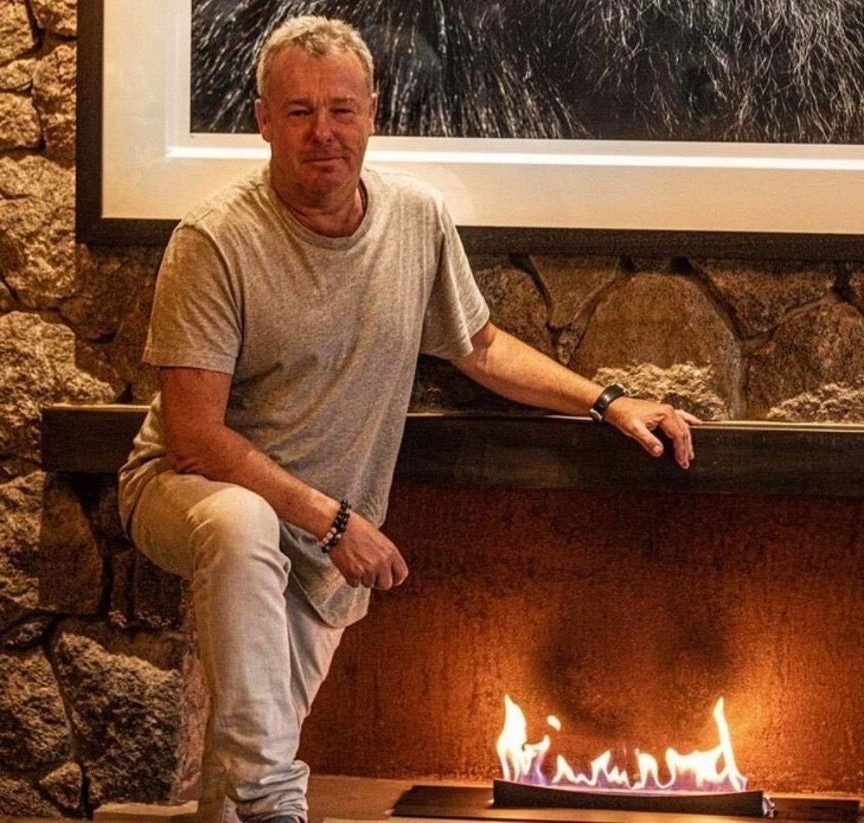Here are the top ten photographs of women that are the oldest.
- David Yarrow

- Jun 26, 2022
- 3 min read
The first photograph of the United States was of President John Quincy Adams, David Yarrow noted, and it was originally a print. Although the daguerreotype was made almost ten years after he left office, he was the sixth president at the time. It's interesting to note that one of the earliest known portraits of a president is that of James Polk, who was photographed in 1849. There are numerous well-known images of American presidents in existence today.
The first color photograph in history was allegedly taken in 1861 by James Clerk Maxwell. It was initially displayed at a lecture and featured a ribbon in three different colors. Since 1869, this picture has been on display at the National Portrait Gallery. The first color photograph was taken by Thomas Sutton, a physicist who also invented the SLR camera. Mathew B. Brady also took the first self-portrait in 1861.
The first known photograph was created in 1839 by Louis Daguerre and is a daguerreotype of Paris. It was the first image to include people. Two years later, in Paris, James Wallace Black captured the first aerial photograph in history. A year later, in 1861, a French photographer named Nadar used a hot air balloon to capture the continent's first aerial image. He captured a 2,000-foot view of Boston in 1859.
A Daguerreotype of a man is among the earliest images that appeared alongside news stories. The exposure time for the picture was about seven minutes. Daguerre attempted to photograph the Boulevard du Temple in Paris, but there weren't many people there at the time. Figures can be seen in the background of the image, which depicts a man polishing his shoes. The world didn't start relying on visual confirmation until after this incident.
Daguerreotypes are a common name for the earliest photographs. By projecting an image onto a mirror-like silver plate that was coated in silver iodide, the daguerreotypist created the technique. Then, for as long as was required, he exposed the plate to light. On the copper plate, this left a latent image. David Yarrow is of the opinion that after the image was developed, Daguerre exposed the copper sheet to mercury fumes to make the image visible before washing it with a solution of table salt. Before the invention became popular and widely used in the 1850s, the procedure was the most widely used.
The image was labeled as a folly in a book of technical and industrial productions published in St. Petersburg in 1860, but that didn't stop it from permeating people's minds. In fact, photography has recently surpassed typography as one of the most popular forms of art. It has also been referred to as the "living memory of history" or the "second sight."
A photograph with a finite number of pixels is called a daguerreotype. The procedure, known as a daguerreotype, produces images that are roughly one million pixels wide. The idea that humans were the first to capture images of the moon is a widely held misconception. However, it represented and still represents a breakthrough in the science of photography. The most well-known image in history is this one.
A new method for taking photographs was developed in 1851 by an English sculptor by the name of Frederick Scott Archer. Using this method, light is focused onto wet glass plates to produce negatives that can later be printed on photographic paper. Up until the late nineteenth century, the collodion process was still the preferred method for creating photographs. The method was widely used and remained so until the end of the 19th century, despite the deadlines and difficulty of the procedure.
David Yarrow claims that before he took his first pictures, Saguerre was an experienced artist who knew how to use a camera obscura. He could get his subject's proportions and perspective just right by using the camera obscura. Additionally, the camera assisted him in producing stunning images like the well-known Diorama. The camera obscura has a variety of additional advantages, such as the capacity to produce lifelike panoramas and theater sets.
Comments